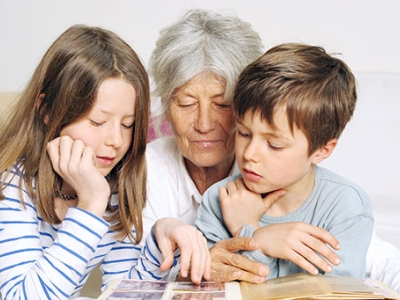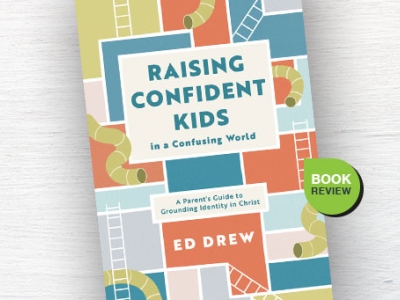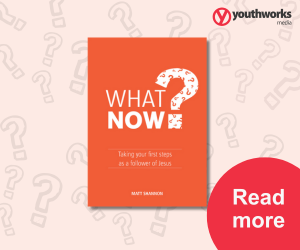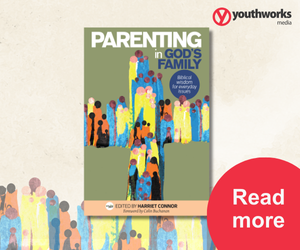
How might we learn from history?
Wendy Lin reflects on '10 Dead Gals You Should Know'.
‘The past is a foreign country: they do things differently there.’1
This is brought home so clearly when reading about people from hundreds or thousands of years ago. How do we grasp what their lives were like or comprehend the choices they made? Can we still learn from Christians from so long ago, despite the vast differences in culture, experience and circumstance? We certainly can!
Rachel Ciano and Ian J. Maddock help us to do just that in their new book, 10 Dead Gals You Should Know. Through the lens of ten women whose lives traverse two millennia, they explore the times in which these women lived, the theological debates that were going on, and how they honoured Jesus in their varied circumstances. They also draw some conclusions about how we might view these women today from our current standpoint.
For example, how do we think about Mary, the mother of Jesus? Perhaps we do what many evangelicals do and avoid her altogether. This is likely a reaction against the heightened reverence that the Roman Catholic Church gives to Mary, believing her to be a co-redeemer, able to intercede for us before God, as well as being free of original sin and a perpetual virgin.
However, in being so cautious not to hyper-venerate Mary, we may fail to see her as an example of a faithful follower of Christ. Mary hears God’s word and responds obediently despite the complete disruption to her life. She follows Jesus in his ministry and meets with new believers as part of the early church. And she praises God in some of the most beautiful language we have recorded (Luke 1:46–55). Not only do we ‘honour Mary by honouring her son, [we also] we honour Mary by emulating her as a disciple of her son’ (37).
If the life of Mary seems hard to imagine, the life of Catherine of Siena (1347–1380) feels entirely alien. After surviving the plague as a child, she had a powerful vision of Jesus and wanted to serve him with her all, becoming a public figure known for her ascetism, desire for holiness, and service of others. She would mortify her body excessively by wearing hair shirts, scourging herself and barely eating, reportedly surviving on communion alone. I have never quite known how to think about this type of rejection of the physical body, done in an attempt to purify the spirit. Maddock interprets this for the modern reader as being faith-driven, but nonetheless a pathological ‘holy anorexia’ and bulimia. He warns of this unhealthy body–spirit dualism, noting that our bodies matter to God, for he made them. A trait that was seen as inspiring and virtuous in her time, we view today through a lens of complex eating disorders.
So, what do we learn from such a complicated woman? Perhaps, that the only thing that exceeded her hatred of sin was her intense love for her Saviour. Her contagious love for God and neighbour brought many back to Christ. We may not agree with the way she treated her own body, but she loved others and longed for them to know Christ. None of us is perfect, nor do we understand or interpret God’s desires for us perfectly. But we can still honour him and his people with servant-hearted love.
What would you do if you had the ear of the King or President or Prime Minister? If you had almost unending funds to fulfil the desires of your heart? Selina, Countess of Huntingdon (1707–1791), used her extensive connections and wealth to speak of Jesus in the courts, palaces, and noble houses of England and to fund charitable work. Essentially, everything one can do with money and connections to promote the name of Jesus, she did. She built churches, trained and provided pulpits for ministers, and essentially established the Calvinist arm of the Methodist Church.
However, one doesn’t need money or connections to serve Jesus faithfully. Catherine Booth’s strong belief in the equality of men and women was a driving force in the establishment of the Salvation Army, as she preached the gospel, cared for the poor, and worked tirelessly to prevent child prostitution. Gladys Aylward used a request from the Chinese government to help them banish foot-binding as an opportunity to preach Jesus in the villages of northern China.
The lives of other women are also explored in this book, including Perpetua, Jane Grey, Anne Hutchinson and Corrie ten Boom. You may never have heard of some of them, but they are all interesting in their own right. It’s not really aimed at the introductory history reader; it sits more at an intermediate level for those who already grasp some of the nuance of church history and its historical debates. Some chapters openly address how we might view these women today, others let the story do the talking and leave the reader to draw their own conclusions.
All of the ‘ten gals’ in this book, providentially placed by God into the circumstances and times they were in, served him faithfully. A risk of exploring these great women of history is that we might either aim to be the next great Selina, Catherine or Gladys, or feel inferior that we are nothing like them and couldn’t possibly measure up. A better response might be to trust that the Lord has also placed us in the right place at the right time for the good work he has given us to do. We can be thankful for the myriad ways that God works through his people across time and space, and delight to glorify and serve him in the moment we find ourselves in.
[1] L.P. Hartley, The Go-Between.
---
Wendy Lin is a theology graduate, counselling student, ministry wife, and mother of three young adults. She loves time in God’s word and the opportunity to teach it, and leads a marriage ministry with her husband. She reviews numerous books at musingsinadelaide.blogspot.com.au.
For more articles from Growing Faith, subscribe to our monthly e-newsletter.
To hear about the latest books and resources from Youthworks Media, subscribe here.








